-
 Bitcoin
Bitcoin $118900
-2.33% -
 Ethereum
Ethereum $4288
-0.13% -
 XRP
XRP $3.151
-3.21% -
 Tether USDt
Tether USDt $1.000
0.02% -
 BNB
BNB $809.5
-1.17% -
 Solana
Solana $175.7
-4.75% -
 USDC
USDC $0.0000
0.01% -
 Dogecoin
Dogecoin $0.2246
-5.75% -
 TRON
TRON $0.3473
2.19% -
 Cardano
Cardano $0.7809
-5.18% -
 Chainlink
Chainlink $21.38
-3.48% -
 Hyperliquid
Hyperliquid $43.29
-5.53% -
 Stellar
Stellar $0.4375
-3.21% -
 Sui
Sui $3.685
-6.68% -
 Bitcoin Cash
Bitcoin Cash $595.2
3.50% -
 Hedera
Hedera $0.2483
-6.60% -
 Ethena USDe
Ethena USDe $1.001
-0.01% -
 Avalanche
Avalanche $23.03
-5.28% -
 Litecoin
Litecoin $119.5
-5.02% -
 Toncoin
Toncoin $3.395
-0.07% -
 UNUS SED LEO
UNUS SED LEO $9.007
-1.19% -
 Shiba Inu
Shiba Inu $0.00001304
-5.44% -
 Uniswap
Uniswap $11.35
1.57% -
 Polkadot
Polkadot $3.898
-5.43% -
 Cronos
Cronos $0.1671
-0.16% -
 Ethena
Ethena $0.8121
-2.45% -
 Dai
Dai $1.000
0.02% -
 Bitget Token
Bitget Token $4.412
-1.73% -
 Monero
Monero $264.0
-0.64% -
 Pepe
Pepe $0.00001128
-8.12%
What is PoA (Proof of Authority)?
Proof of Authority (PoA) is a faster, less energy-intensive blockchain consensus mechanism using pre-vetted validators, prioritizing identity and trust over computational power, but raising concerns about centralization and potential collusion.
Mar 12, 2025 at 04:50 pm
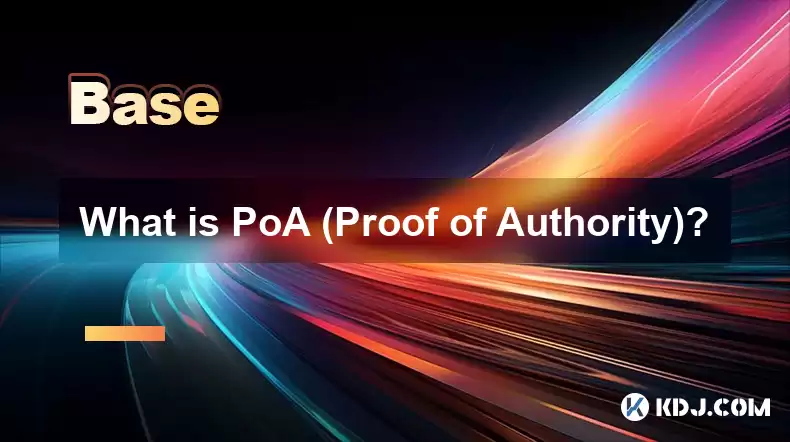
Key Points:
- Proof of Authority (PoA) is a consensus mechanism used in blockchain networks. It relies on a pre-selected set of validators, chosen for their reputation and identity.
- Unlike Proof-of-Work (PoW) or Proof-of-Stake (PoS), PoA prioritizes identity verification and trust over computational power or stake.
- PoA offers faster transaction speeds and lower energy consumption compared to PoW. However, it raises concerns regarding centralization and potential for collusion.
- Implementing a PoA network requires careful selection and management of validators to maintain security and trustworthiness.
- Understanding the strengths and weaknesses of PoA is crucial for choosing the right blockchain technology for specific applications.
What is PoA (Proof of Authority)?
Proof of Authority (PoA) is a consensus mechanism used in blockchain technology. It's a less energy-intensive alternative to Proof-of-Work (PoW) and offers a faster transaction processing speed compared to Proof-of-Stake (PoS). Instead of relying on computational power or staked cryptocurrency, PoA establishes consensus through a pre-selected group of validators who are vetted for their identity and reputation. This pre-selection process aims to build trust and ensure the integrity of the network.
How does PoA work?
The core of PoA lies in its selection of validators. These validators are typically organizations or individuals with established identities and a proven track record. They are chosen based on various criteria, which might include their reputation, experience, and commitment to the network. Once selected, validators are responsible for proposing and validating blocks of transactions. The network operates on a system of trust, where the validators are expected to act honestly and in accordance with the established rules.
What are the advantages of PoA?
One major advantage is its speed and efficiency. By eliminating the computationally intensive processes of PoW, PoA allows for much faster transaction confirmation times. This makes it suitable for applications requiring quick and reliable transactions. Furthermore, the reduced computational needs translate to significantly lower energy consumption compared to PoW-based blockchains. This aligns with the growing focus on environmentally sustainable technologies.
What are the disadvantages of PoA?
A key disadvantage is the inherent centralization. Because the validator set is pre-selected, the network is susceptible to issues of trust and potential collusion among validators. If a significant number of validators act maliciously or become compromised, the integrity of the entire network could be at risk. This centralized nature contrasts sharply with the decentralized ethos often associated with blockchain technology.
How is a PoA network implemented?
Implementing a PoA network involves several key steps:
- Validator Selection: Carefully choosing validators based on predetermined criteria. This often involves a rigorous vetting process to ensure the trustworthiness of each validator.
- Identity Verification: Robust identity verification mechanisms are crucial to ensure the authenticity of validators. This could involve KYC (Know Your Customer) procedures or other similar processes.
- Network Configuration: Setting up the network parameters, such as the block time, the number of validators, and the consensus rules.
- Block Proposal and Validation: Validators propose and validate blocks of transactions according to the defined rules of the network. Consensus is reached through a voting mechanism amongst the validators.
What are the use cases of PoA?
PoA finds applications in scenarios where speed and efficiency are paramount, and where a certain level of trust and identity verification is already established. This includes:
- Private and permissioned blockchains: Where only authorized participants can join the network.
- Supply chain management: Tracking goods and materials through a secure and transparent system.
- Digital identity solutions: Verifying and managing digital identities.
- Enterprise applications: Internal business processes requiring fast and reliable transactions.
What are the security considerations of PoA?
While PoA offers speed and efficiency, security remains a critical concern. The centralized nature of the validator set makes the network vulnerable to attacks if a significant number of validators are compromised or collude. Robust security measures, such as strong cryptographic techniques and regular audits, are crucial to mitigate these risks. Regular monitoring and updates to the validator set are also necessary to maintain security.
Frequently Asked Questions:
Q: Is PoA truly decentralized? A: No, PoA is considered a centralized consensus mechanism because it relies on a pre-selected set of validators. This contrasts with truly decentralized systems like some PoS implementations.
Q: How does PoA compare to PoW and PoS? A: PoA offers faster transaction speeds and lower energy consumption compared to PoW, but lacks the decentralization of PoS. The choice depends on prioritizing speed, energy efficiency, or decentralization.
Q: What happens if a validator in a PoA network acts maliciously? A: The impact depends on the level of influence that the malicious validator holds. A significant number of compromised validators could disrupt the network. Robust mechanisms for monitoring and removing malicious actors are essential.
Q: Can PoA be used for public blockchains? A: While technically possible, PoA is less suited for public blockchains due to its centralized nature. It's better suited for private or permissioned blockchains where identity and trust are established beforehand.
Q: Is PoA suitable for all blockchain applications? A: No, PoA is best suited for applications where speed and efficiency are paramount and where a degree of centralization is acceptable. Applications requiring absolute decentralization might be better served by other consensus mechanisms.
Disclaimer:info@kdj.com
The information provided is not trading advice. kdj.com does not assume any responsibility for any investments made based on the information provided in this article. Cryptocurrencies are highly volatile and it is highly recommended that you invest with caution after thorough research!
If you believe that the content used on this website infringes your copyright, please contact us immediately (info@kdj.com) and we will delete it promptly.
- Dogecoin, Presale, Surge: Riding the Meme Coin Wave
- 2025-08-12 11:10:12
- Dogecoin, Tron, and the ROI Reality Check: What's a Crypto Investor to Do?
- 2025-08-12 11:15:12
- Ethereum Layer-2 Scaling Competition Heats Up as ETH Breaks $4K
- 2025-08-12 10:30:12
- China Regulation, Stablecoins, and BNB Presale: Navigating the Crypto Landscape
- 2025-08-12 11:30:12
- Meme Coins, Investment, and Token Burns: What's Hot in 2025?
- 2025-08-12 10:30:12
- BlockDAG, Chainlink, Hedera: The Cryptos Enterprises are Eyeing
- 2025-08-12 09:30:12
Related knowledge
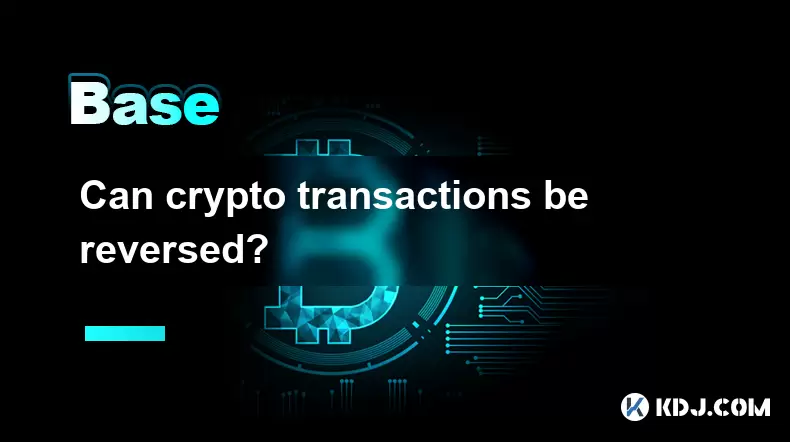
Can crypto transactions be reversed?
Aug 10,2025 at 01:35am
Understanding the Immutability of Blockchain TransactionsCryptocurrency transactions are built on blockchain technology, which is designed to be immut...
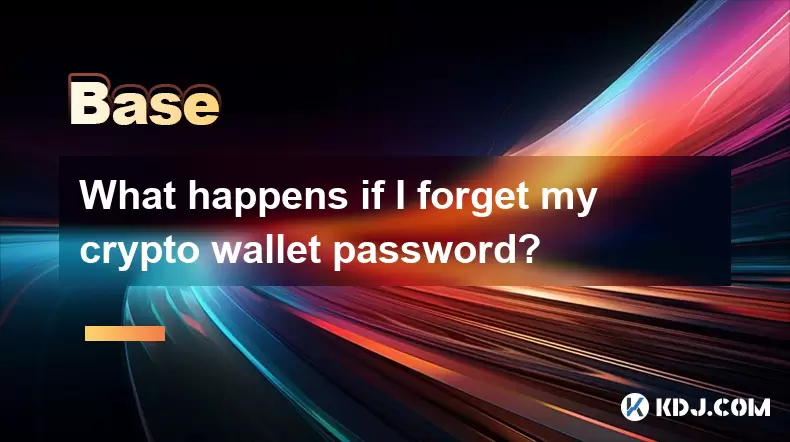
What happens if I forget my crypto wallet password?
Aug 09,2025 at 08:50am
Understanding the Role of a Crypto Wallet PasswordA crypto wallet password serves as a critical security layer that protects access to your digital as...
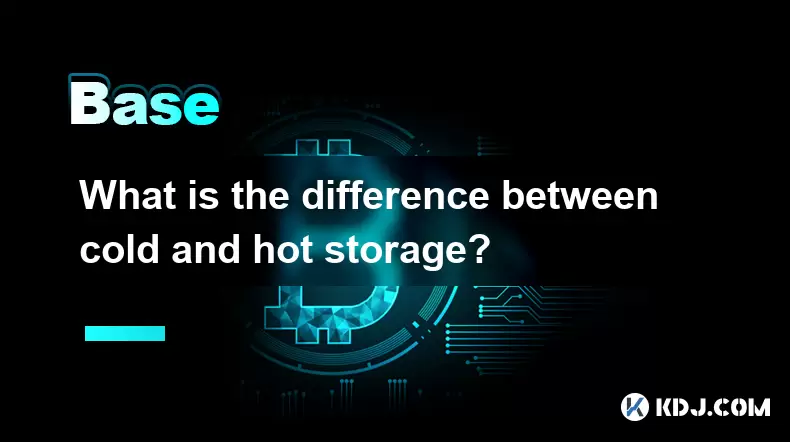
What is the difference between cold and hot storage?
Aug 12,2025 at 01:01am
Understanding Cold Storage in CryptocurrencyCold storage refers to offline methods of storing cryptocurrency private keys, ensuring they are not expos...
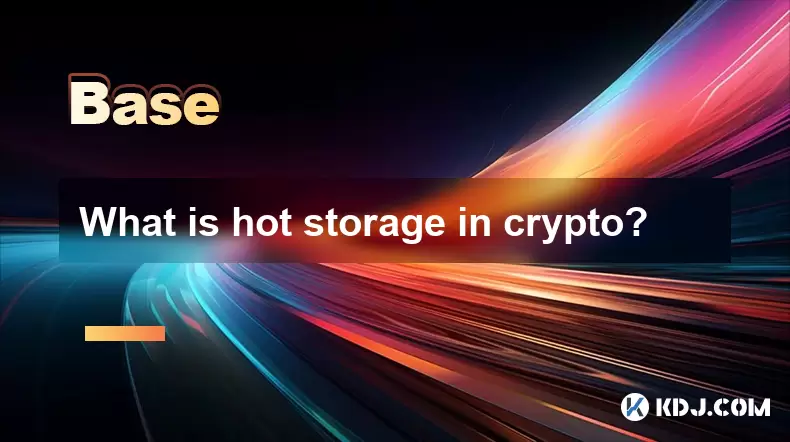
What is hot storage in crypto?
Aug 11,2025 at 07:08am
Understanding Hot Storage in CryptocurrencyHot storage refers to cryptocurrency wallets that are connected to the internet. Unlike cold storage soluti...
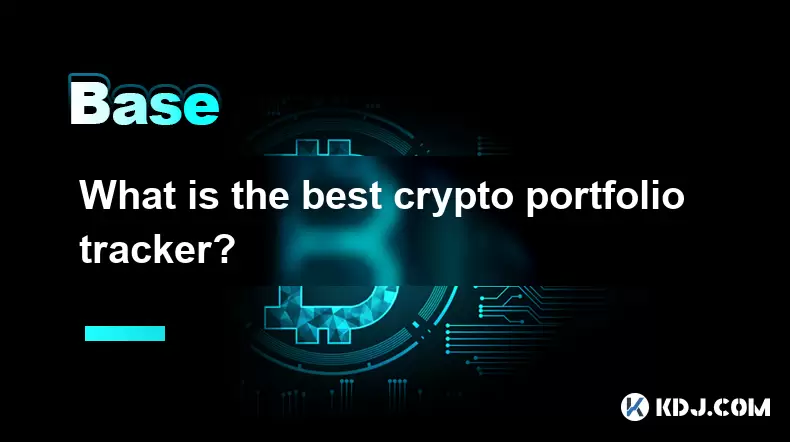
What is the best crypto portfolio tracker?
Aug 10,2025 at 05:08am
Understanding the Role of a Crypto Portfolio TrackerA crypto portfolio tracker is a digital tool designed to help investors monitor the performance of...
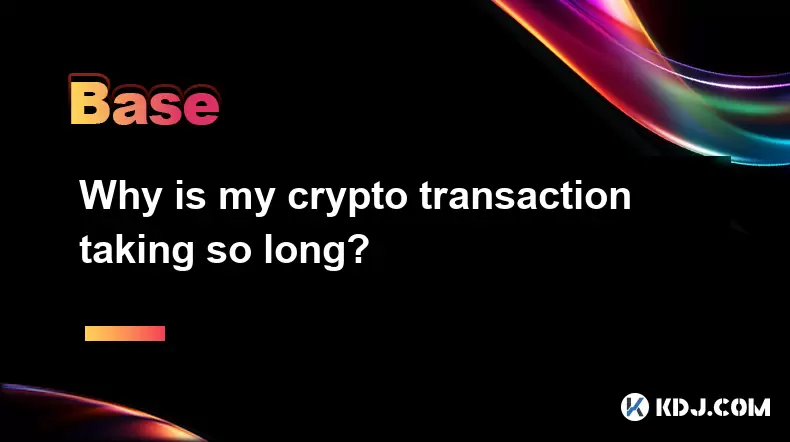
Why is my crypto transaction taking so long?
Aug 11,2025 at 11:35am
Understanding Blockchain Network CongestionWhen a crypto transaction is delayed, one of the most common causes is network congestion on the blockchain...

Can crypto transactions be reversed?
Aug 10,2025 at 01:35am
Understanding the Immutability of Blockchain TransactionsCryptocurrency transactions are built on blockchain technology, which is designed to be immut...

What happens if I forget my crypto wallet password?
Aug 09,2025 at 08:50am
Understanding the Role of a Crypto Wallet PasswordA crypto wallet password serves as a critical security layer that protects access to your digital as...

What is the difference between cold and hot storage?
Aug 12,2025 at 01:01am
Understanding Cold Storage in CryptocurrencyCold storage refers to offline methods of storing cryptocurrency private keys, ensuring they are not expos...

What is hot storage in crypto?
Aug 11,2025 at 07:08am
Understanding Hot Storage in CryptocurrencyHot storage refers to cryptocurrency wallets that are connected to the internet. Unlike cold storage soluti...

What is the best crypto portfolio tracker?
Aug 10,2025 at 05:08am
Understanding the Role of a Crypto Portfolio TrackerA crypto portfolio tracker is a digital tool designed to help investors monitor the performance of...

Why is my crypto transaction taking so long?
Aug 11,2025 at 11:35am
Understanding Blockchain Network CongestionWhen a crypto transaction is delayed, one of the most common causes is network congestion on the blockchain...
See all articles

























































































